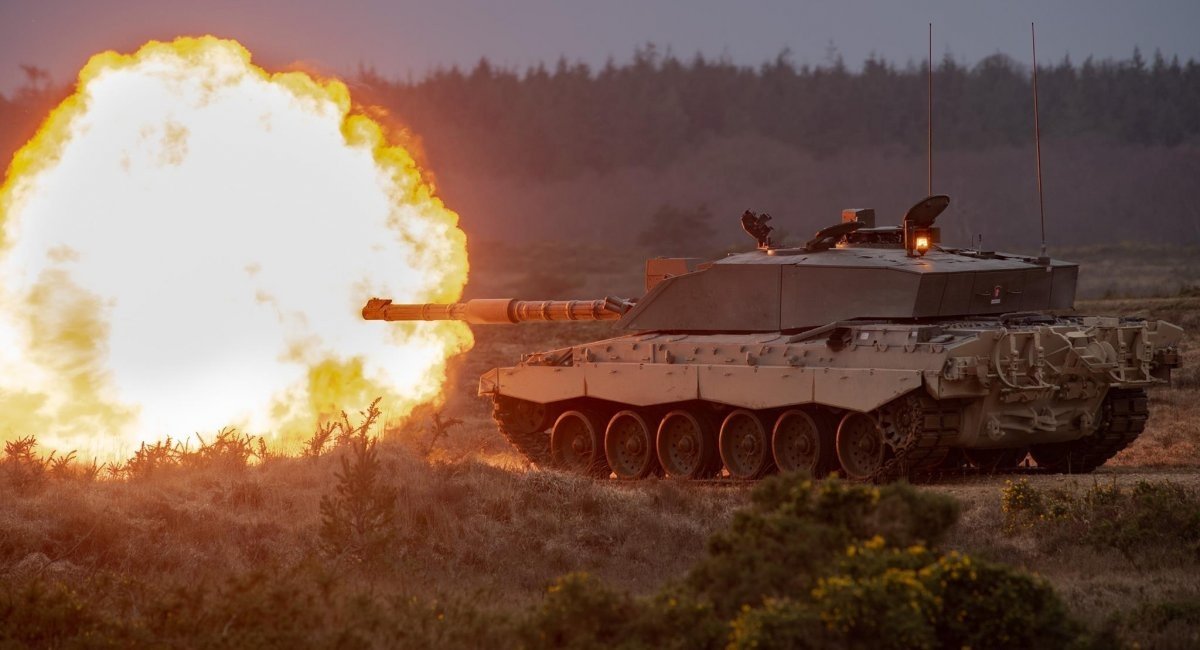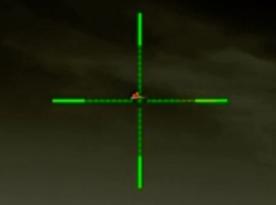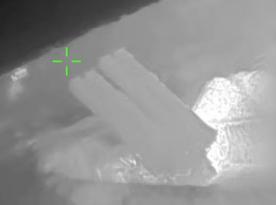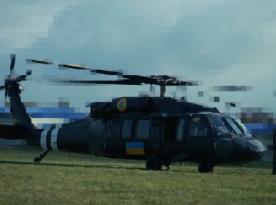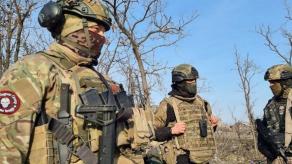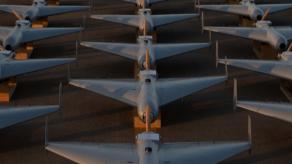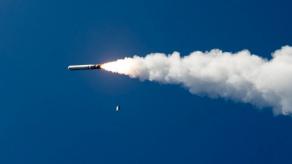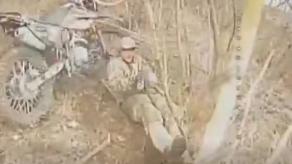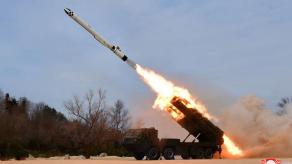British Challenger 2 main battle tank may soon enough reinforce the Ukrainian army. Although unofficial yet, western media say the decision is back on the table and could be announced as soon as at the Ramstein-format meeting this month on January 20th.
We should also remind the UK's plans to decrease its tank fleet to 148 units anyway and reforge them into modernized Challenger 3. Such an agreement was signed back in May 2021.
Read more: Ukraine Can Get UK tanks to Fight russian Forces - Media
The number of Challenger 2 tanks in the British Army as of 2021 was 227, therefore the potential provision to Ukraine can be up to 79 tanks, and a few more could be added from the reserve stocks, roughly 80 units in total, in various conditions of combat readiness.
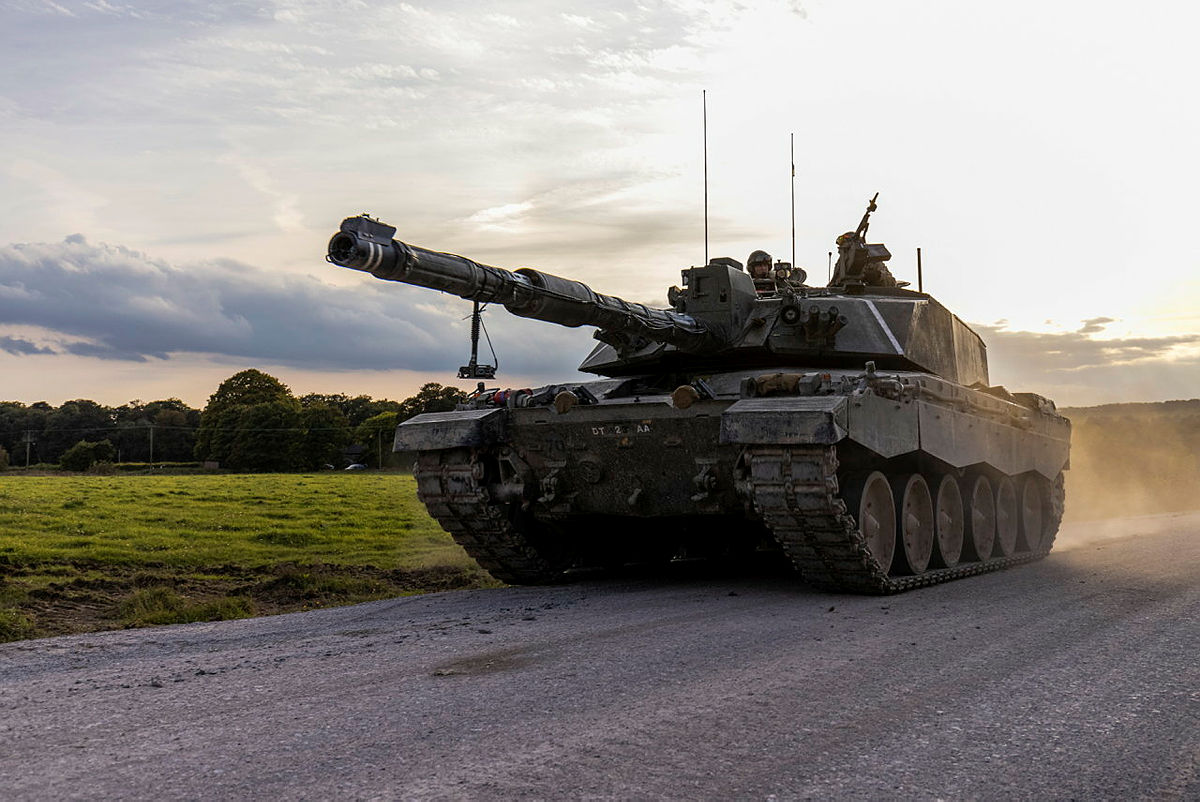
Unique Features of Challenger 2
Right away we must outline the specifics of Challenger 2 which has a unique feature. Because British Army's traditions are much more influential than the NATO standards. That's why, first of all, it has the 120mm L30A1 gun with a barrel length of 55 calibers, or 6.6 meters.
Despite its unified ammunition caliber, the gun itself is unusual. For starters, it has a rifled bore, for seconds, it uses non-standard separate-loading projectiles that are not unified with the Alliance.
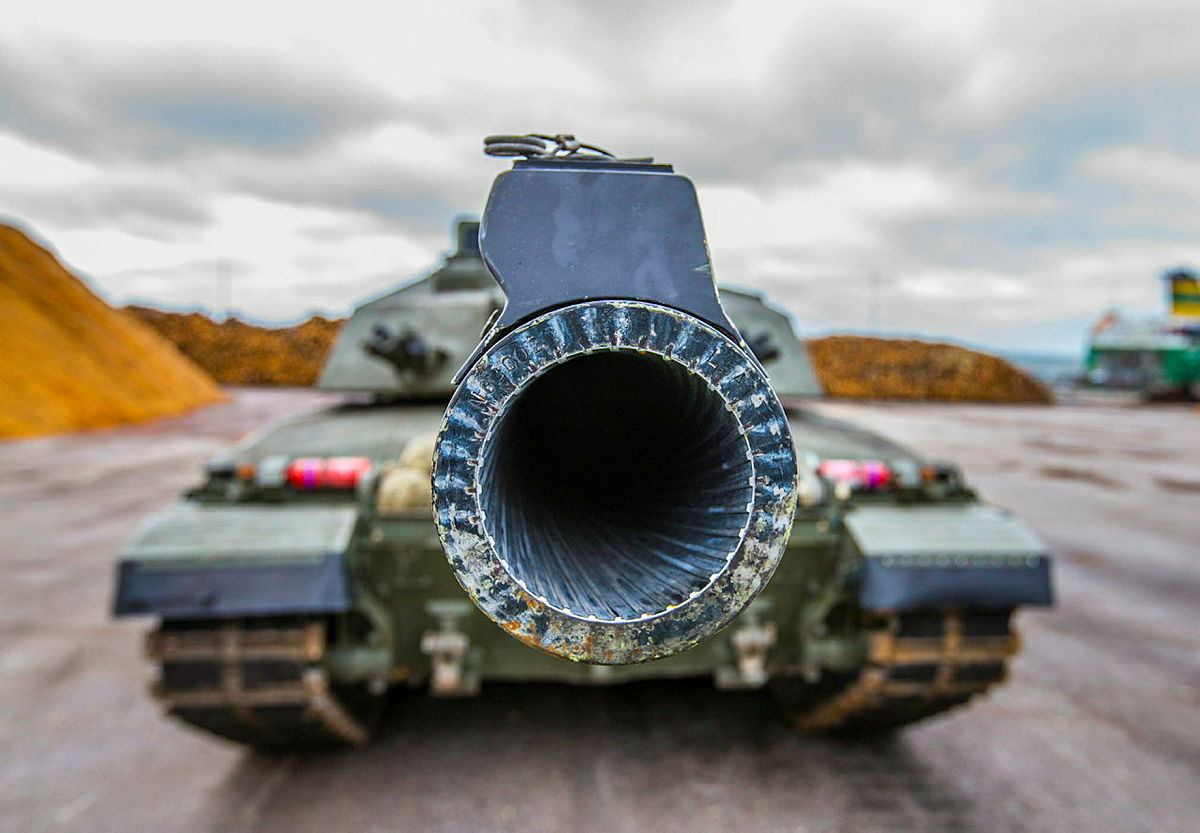
On the other hand, American M1 Abrams and German Leopard 2 before version A5 use practically the same Rheinmetall Rh-120 gun with a length of 44 calibers (~5.3 m). Abrams has its locally licensed analog M256 of the same length, and later versions Leopard 2A6 and further started using an Rh-120 55 calibers long. In other words, eventually, the issue of the unification of ammunition for these two tanks was sorted out.
Meanwhile, Challenger 2 still needs its own ammunition, both sub-caliber armor-piercing and high-explosive fragmentation ones, including the unique HESH anti-armor high-explosive rounds which utilize plastic explosive to penetrate armor.
Such a HESH munition can effectively destroy enemy fortifications or lightly armored vehicles at a distance of 8 km, this firing range is roughly 3-5 km bigger than a conventional subcaliber penetrator projectile has. It can also severely damage and put an enemy tank out of order without actually breaking through its armor.
As mentioned, a HESH round contains plastic explosive which is got "smeared" over the surface or armor and destroys it. At the same time, the other side of the surface ruptures, and fragments of the armor itself cause inward damage to the insides of a pillbox or a vehicle.
By the way, precisely this type of ammunition had priority in development in Great Britain since World War II, and these rounds were deemed as primary ammunition against Soviet tanks, although the British Army did not discard the subcaliber and cumulative rounds, either.
Capabilities of Challenger 2
Besides the gun, in all other aspects, the Challenger 2 is a classic western tank, with a four-people crew, without an automatic loading system, created on the edge of the 1980-90s and remains in service since 1998. It replaced Challenger 1 and basically was made of its hull, however, only 3% of its components are unified.
The vehicle's key feature is the armor which has little detail disclosed about. We only know that the Challenger 2 utilizes the second generation of the Chobham armor, also known by the name Dorchester. It consists of special tiles of ceramic and metal elements – tungsten and depleted uranium.
The same type of armor with slight changes is used on Abrams, and the Germans created an analog of their own making. This kind of protection provides effective protection against subcaliber projectiles and HEAT ammunition.
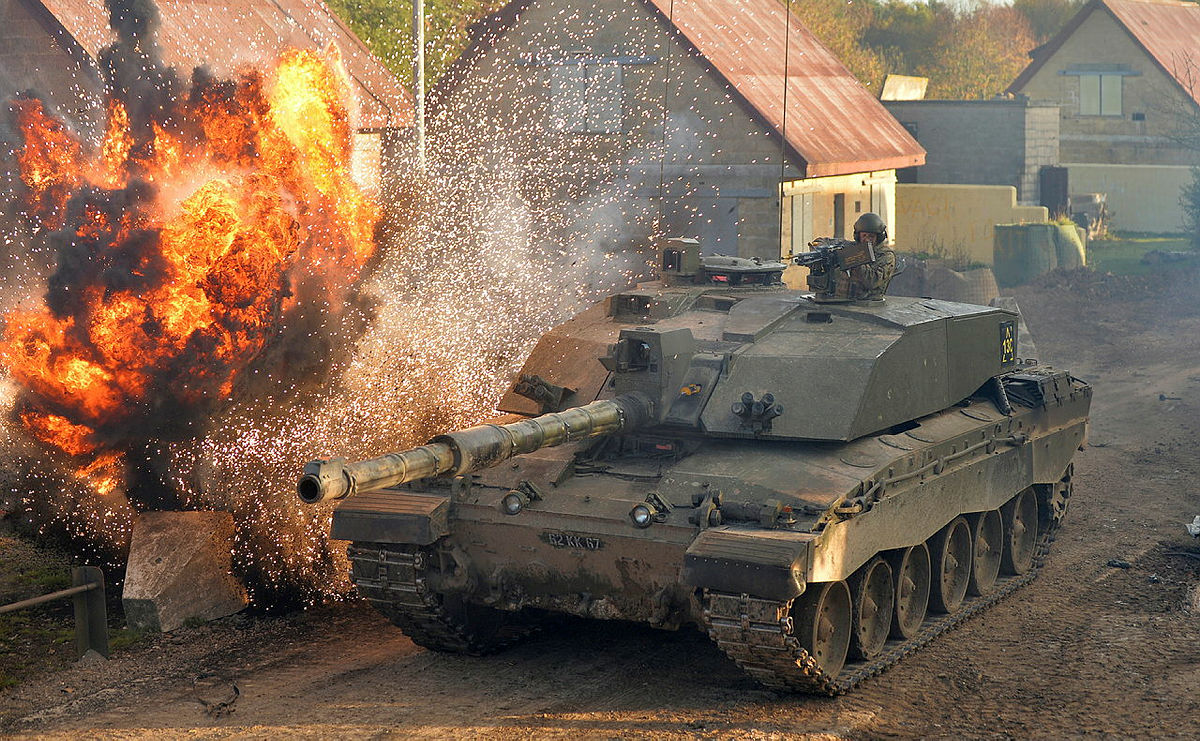
In addition, the Challenger 2 has supplementary armor modules that increase the combat mass of the tank from 64 to 75 tons. It creates an additional toll on the engine which is not impressive in the first place. The engine in the Challenger 2 without this additional protection has an output power of 18.7 hp per ton; when equipped with armor modules, it falls to 16 hp per ton from its 1,200-horsepower 26.1-liter Perkins CV12-6A V12 turbodiesel engine, attached to a Santasalo TN54E automatic transmission with 6 forward gears and 2 reverse gears.
For comparison of the engine power: Leopard 2A4 has an output of 27.3 hp/t; Leopard 2A5 which had a massive improvement of armor shows an engine power output of 24 hp/t; M1A1 Abrams – 24.4 hp/t and 22.2 hp/t in the M1A2 SEPv3 version; lastly, the russian T-72B3 – 18.3 hp/t.
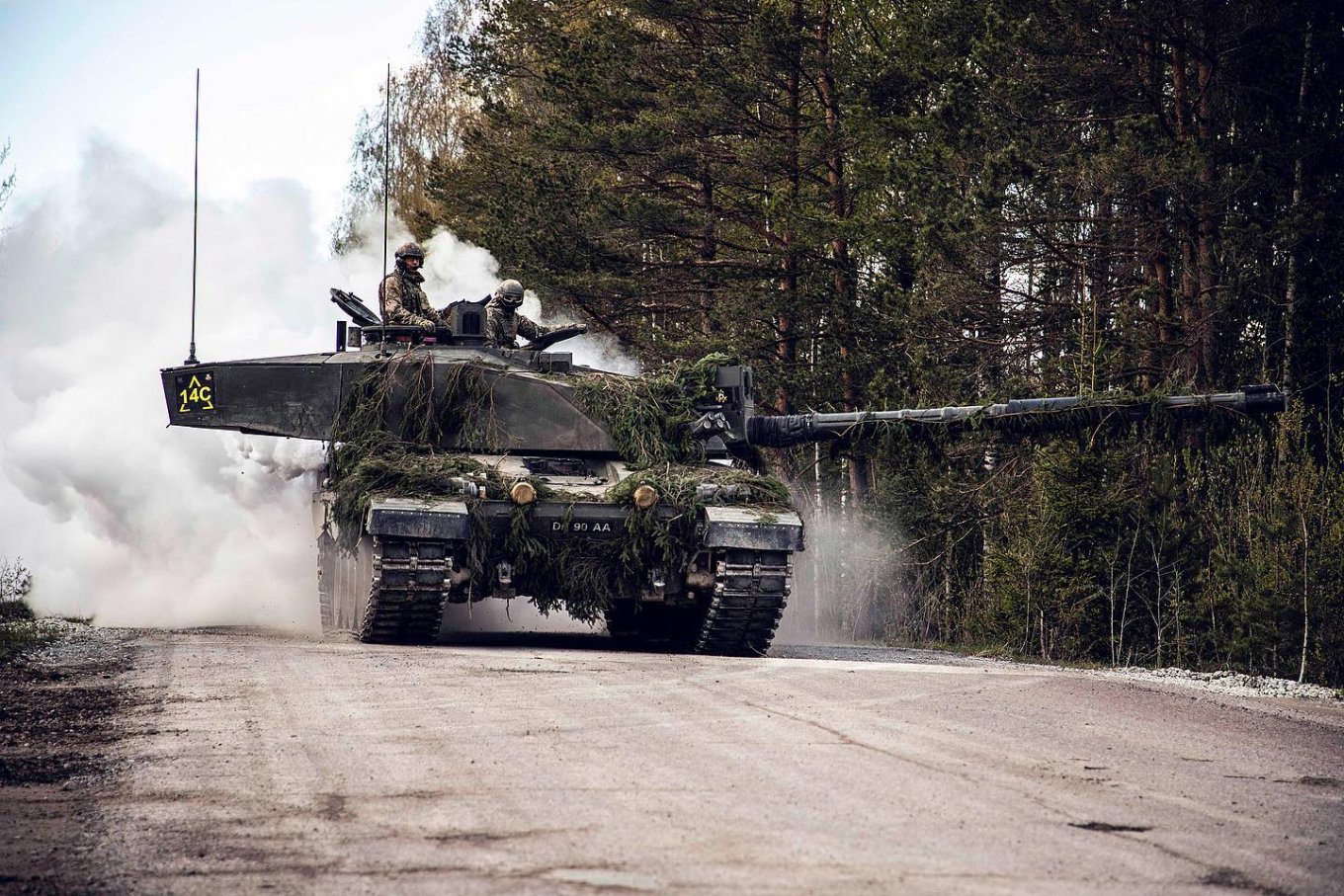
Side note, in the export variant of the Challenger 2 that has not found any customers, the British engine was replaced with the German MT883 with 1,500 hp and Renk HSWL 295TM transmission. But in general, this tank was not popular on the world's market. There was only one buyer, Oman, that ordered 38 tanks.
As for the suspension, the six-wheel chassis has a hydropneumatic suspension that provides high smoothness. The maximum speed is declared at 59 km/h on the road and 40 km/h off-road.
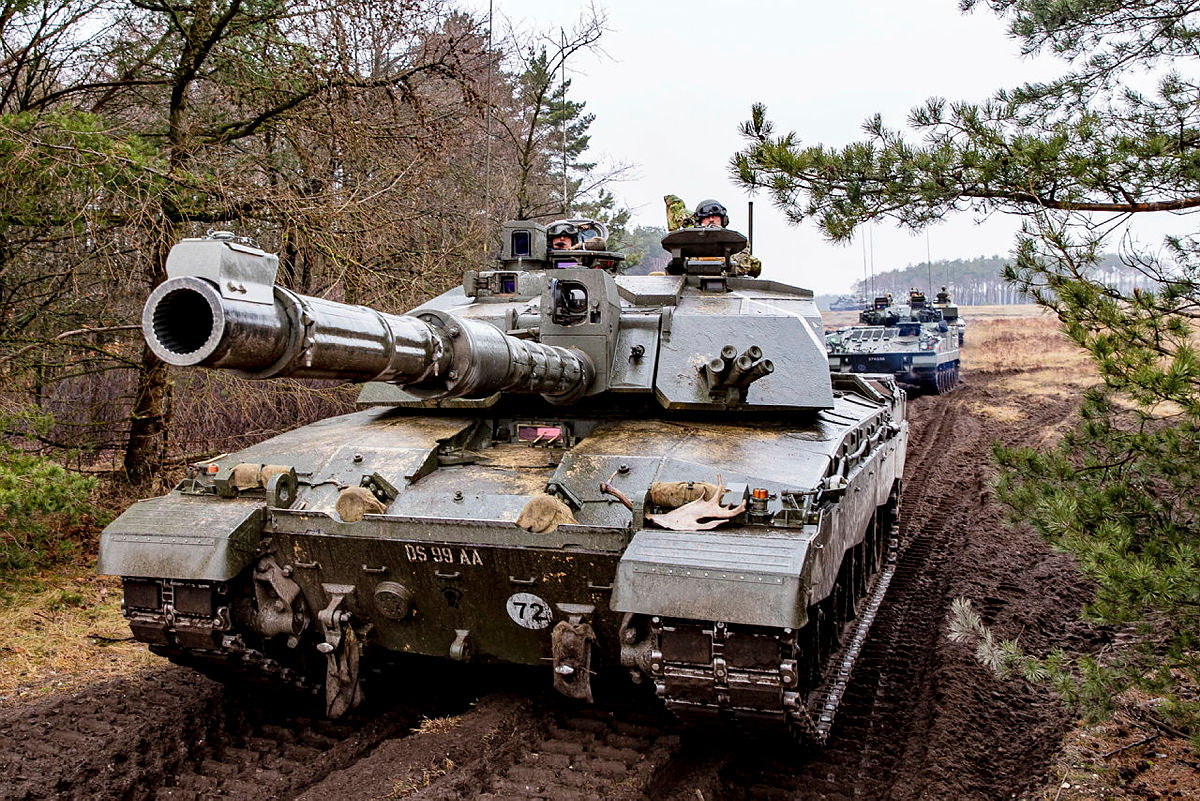
The fire control system is digital with a commander's independent sight, thermal imagers, laser rangefinders, and all the other stuff which is standard for a modern tank. For reference, even the driver has a thermal reverse camera.
We should also take note of a rather quick turret rotation speed, it can make a full 360° turnaround in 9 seconds. For comparison, T-72 used by both Ukrainian and russian forces can do the same in 20 seconds.
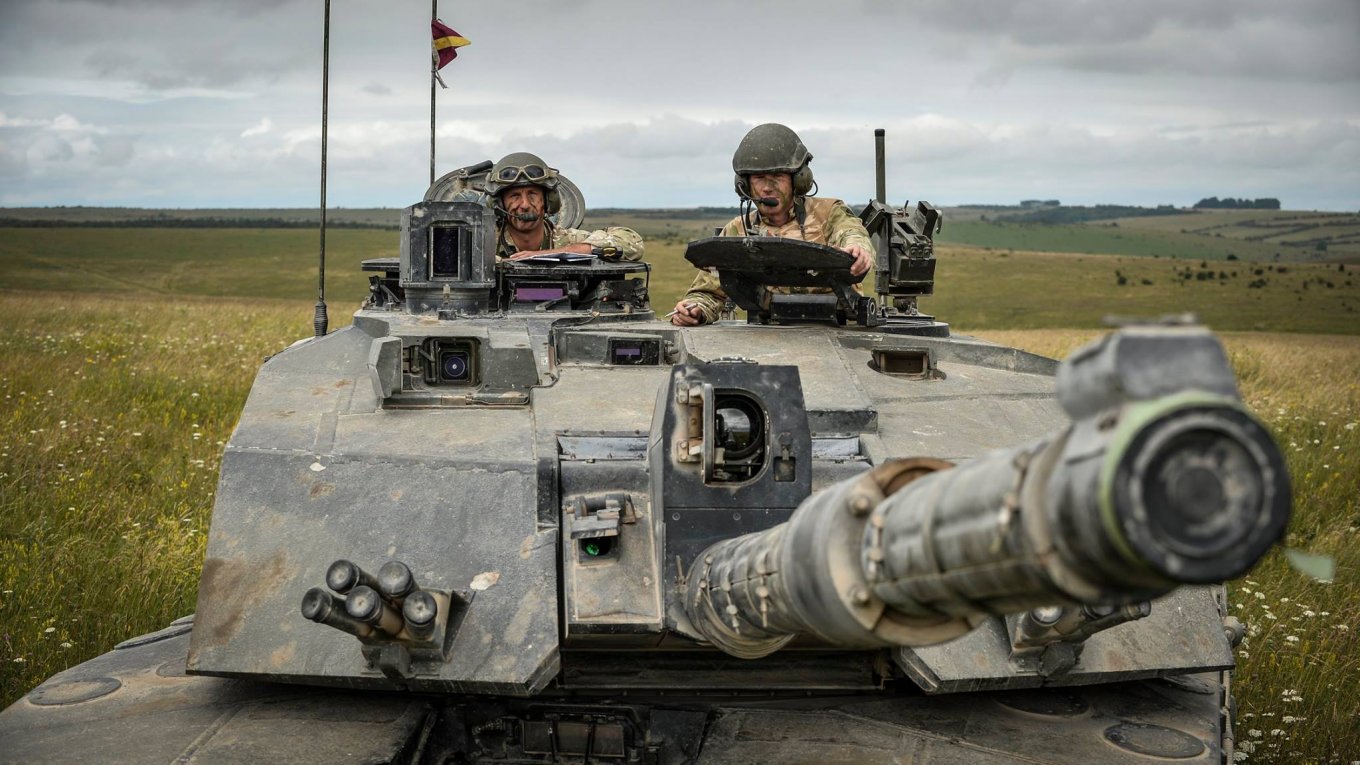
Specifications of the Challenger 2 FV4034
- Weight: 64 tons (75 tons with additional armor)
- Gun caliber: 120 mm
- Engine: 1200 hp
- Engine power output: 18.7 hp/t (or 16.0 hp/t with additional armor)
- Maximum speed: 59 km/h road, 40 km/h off-road
- Operational range: up to 550 km
- Crew: 4 people
Read more: Leopard 2 for Ukraine: Which Versions of the Tank Exist, How to Distinguish Between Them and Why It is An Important Factor



